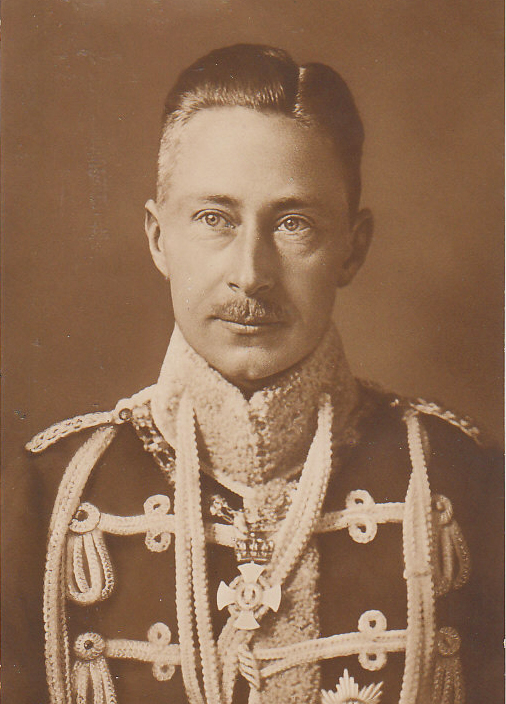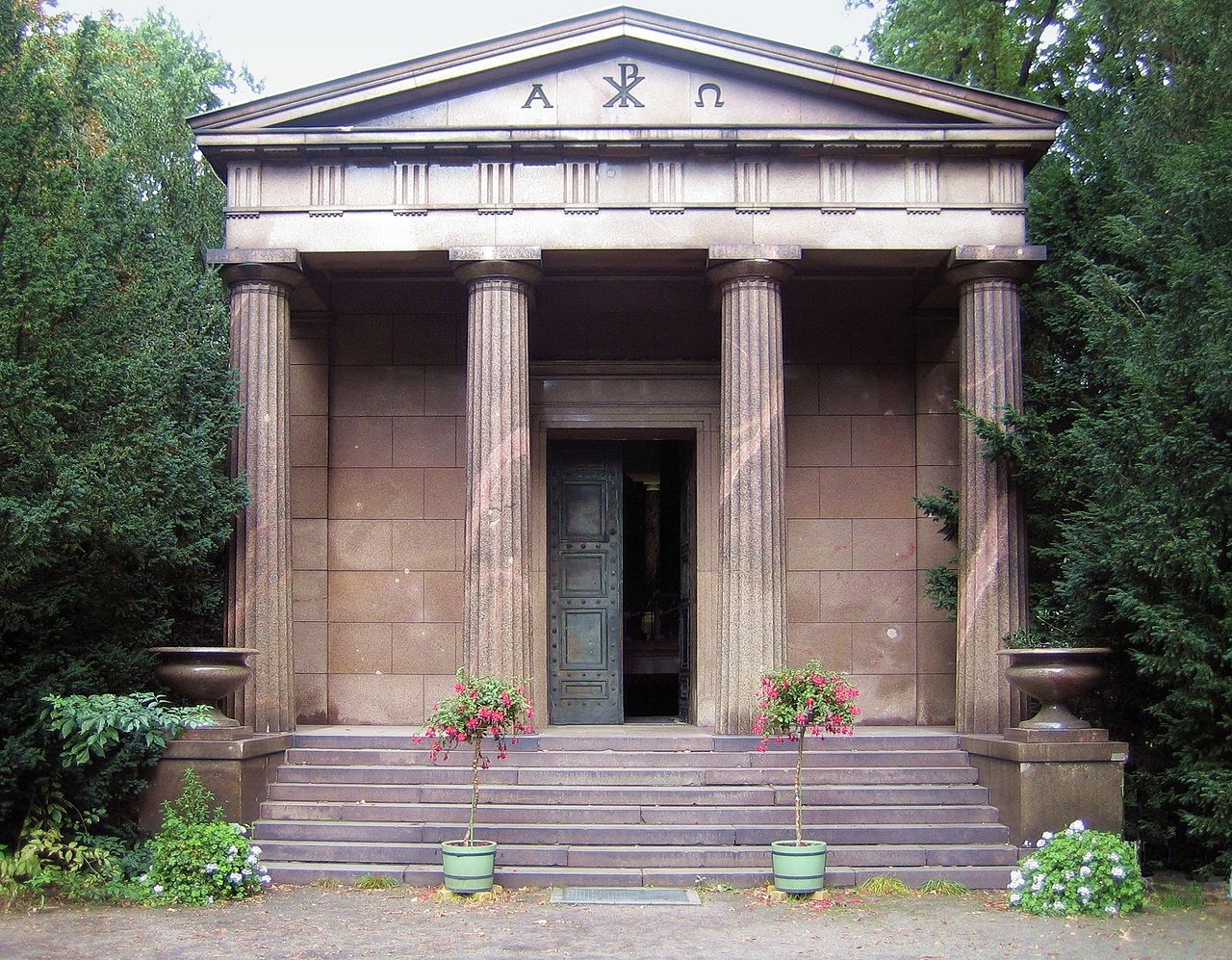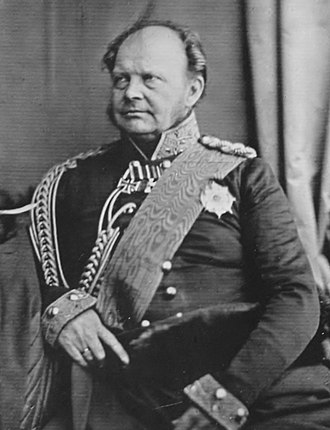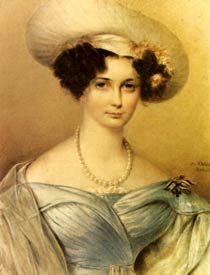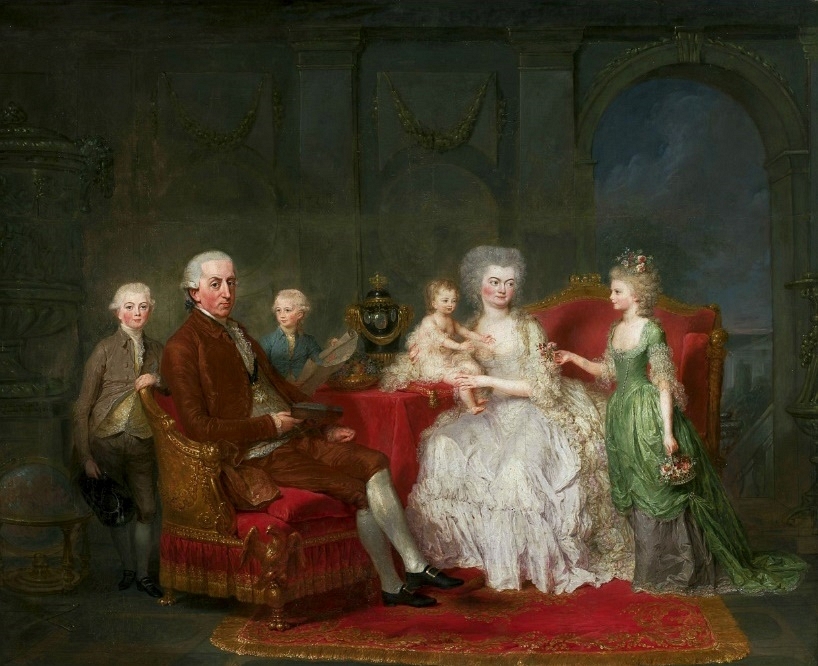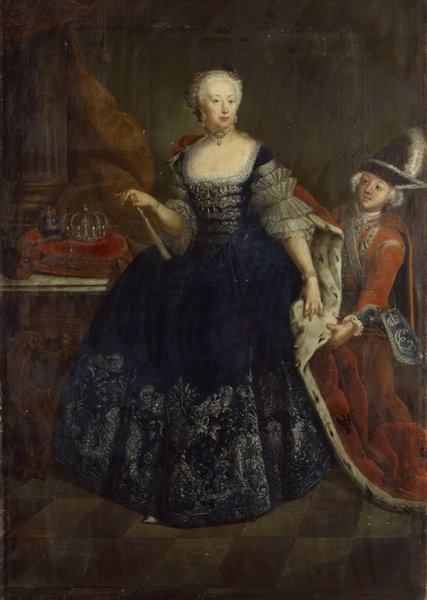by Scott Mehl © Unofficial Royalty 2019

Prince Eitel Friedrich of Prussia; Credit – Wikipedia
Prince Wilhelm Eitel Friedrich Christian Karl of Prussia (known as Eitel Friedrich or Eitel Fritz) was the second son of Wilhelm II, German Emperor and King of Prussia and his first wife Auguste Viktoria of Schleswig-Holstein-Sonderburg-Augustenburg. He was born at the Marble Palace in Potsdam, Kingdom of Prussia, now in the German state of Brandenburg, on July 7, 1883.
Eitel Friedrich had six siblings:
- Wilhelm, German Crown Prince, Crown Prince of Prussia (1882-1951) – married Cecilie of Mecklenburg-Schwerin, had issue
- Prince Adalbert of Prussia (1884-1948) – married Adelheid of Saxe-Meiningen, had issue
- Prince August Wilhelm of Prussia (1887-1949) – married Alexandra of Schleswig-Holstein-Sonderburg-Glücksburg, had issue
- Prince Oskar of Prussia (1888-1958) – married Countess Ina-Marie von Bassewitz, had issue
- Prince Joachim of Prussia (1890-1920) – married Marie-Auguste of Anhalt (divorced), had issue
- Princess Viktoria Luise of Prussia (1892-1980) – married Ernst August of Hanover, Duke of Brunswick, had issue
From 1896, Friedrich Eitel lived and studied at the Prince’s House on the grounds of Plön Castle along with his brothers. He was later a member of the Corps Borussia Bonn, the corps of the House of Hohenzollern. At the beginning of World War I, he served on the front line, commanding the First Foot Guards. From 1915 to 1918, he led the 1st Division of Guards on both the Western and Eastern fronts. Friedrich Eitel was highly decorated for his leadership and valor and received the Iron Cross and the Prussian Order of Merit, Prussia’s highest award for valor.

Eitel Friedrich and Sophie Charlotte. source: Wikipedia
On February 27, 1906, in Berlin, Eitel Friedrich married Duchess Sophie Charlotte of Oldenburg. She was the daughter of Friedrich August II, Grand Duke of Oldenburg and Princess Elisabeth Anna of Prussia. The couple first met in June 1905 at the wedding of Eitel’s elder brother Crown Prince Wilhelm and Cecilie of Mecklenburg-Schwerin and met again later that month. They became engaged in the fall of 1905. Following the wedding, the couple resided at Villa Ingenheim (link in German) in Potsdam, Kingdom of Prussia, now in the German state of Brandenburg, and had no children.
The marriage was never happy because Eitel Friedrich was continually unfaithful, and Sophie found it difficult to make friends in her new home. While he was off fighting during World War I, Sophie lived primarily at the Bellevue Palace in Berlin. In 1922, several newspapers published allegations of infidelity against Sophie. She was summoned as a witness in a divorce case and admitted having had an affair with the gentleman involved. Eitel Friedrich filed for divorce, and the couple was formally divorced on October 20, 1926.

Villa Ingenheim. photo: Von karstenknuth – Eigenes Werk, Attribution, https://commons.wikimedia.org/w/index.php?curid=23295620
After the war and the end of the German Empire, Eitel Friedrich remained active in monarchist circles and supported the Stahlhelm paramilitary organization. In 1921, he was found guilty of a fraudulent transfer of 300,000 marks abroad and was fined 5,000 marks. He was later one of the founders of the Harzburg Front, a radical right-wing alliance formed to present unified opposition to the government of Chancellor Heinrich Brüning. However, he was an outspoken opponent of Adolf Hitler.
Prince Eitel Friedrich died at Villa Ingenheim in Potsdam, Germany on December 8, 1942. The Nazi regime refused to allow him any military honors at his funeral and forbade anyone attending the funeral to wear their uniforms. Despite this, many of his former military comrades, all in civilian clothes, attended his funeral. Eitel Friedrich is buried in the Antique Temple in Sanssouci Park in Potsdam, Germany.
This article is the intellectual property of Unofficial Royalty and is NOT TO BE COPIED, EDITED, OR POSTED IN ANY FORM ON ANOTHER WEBSITE under any circumstances. It is permissible to use a link that directs to Unofficial Royalty.


